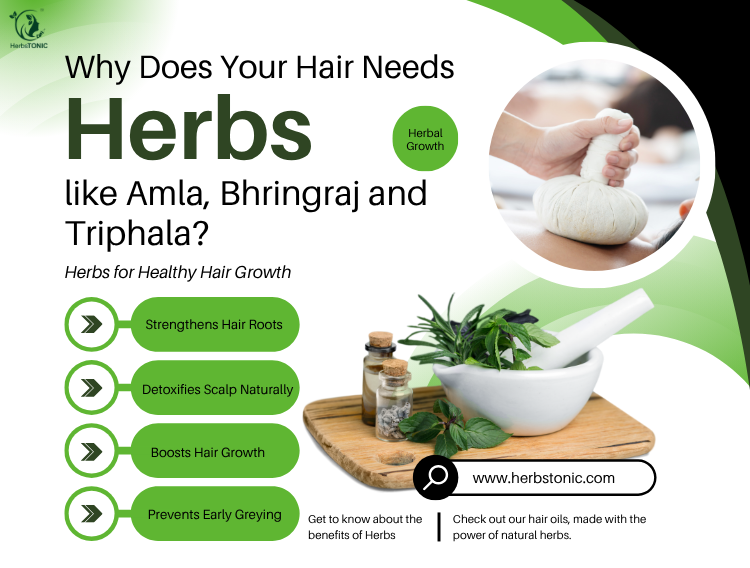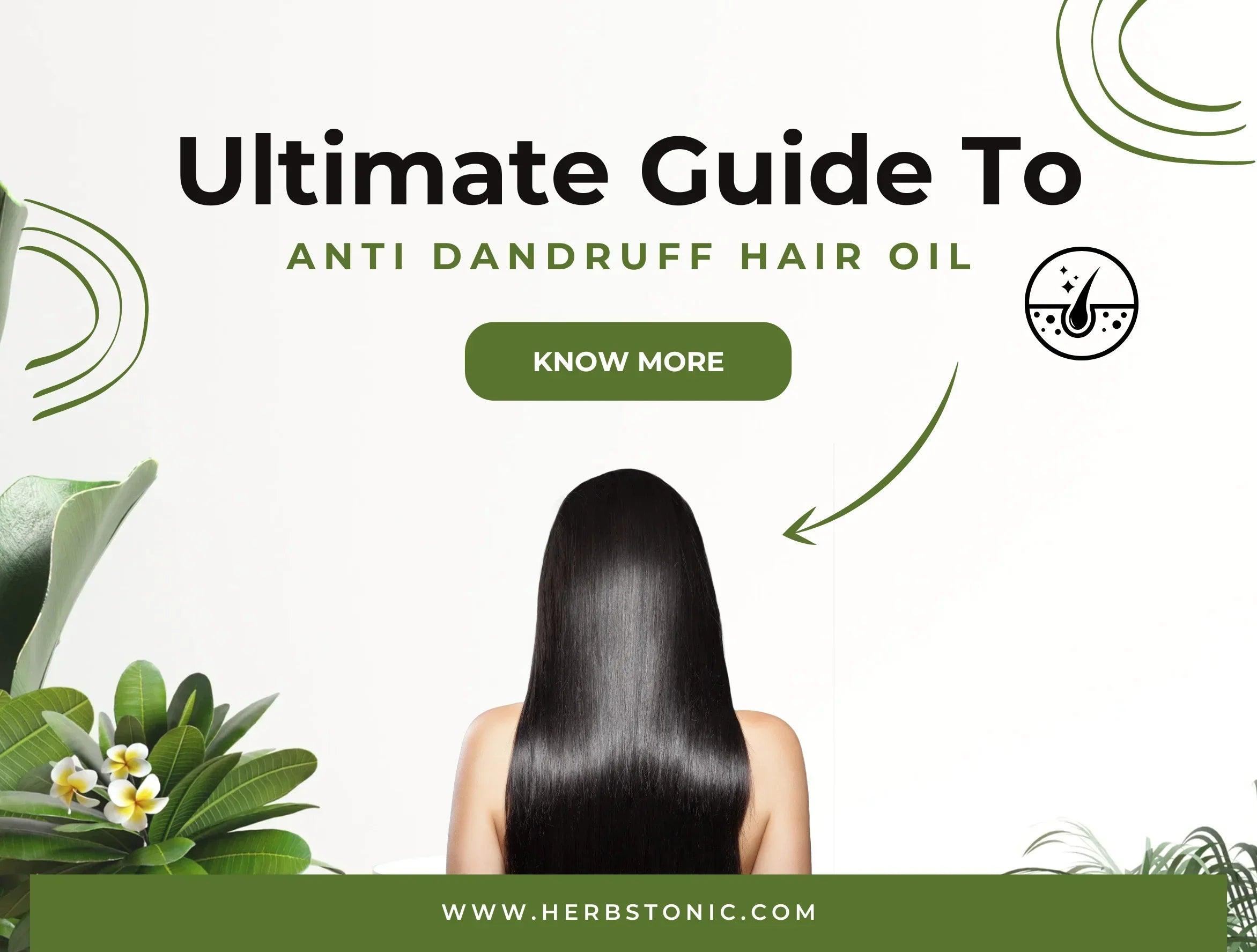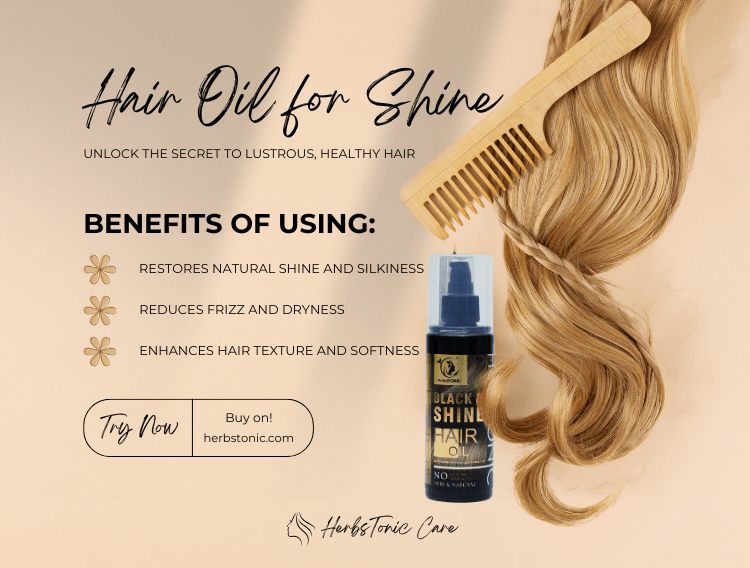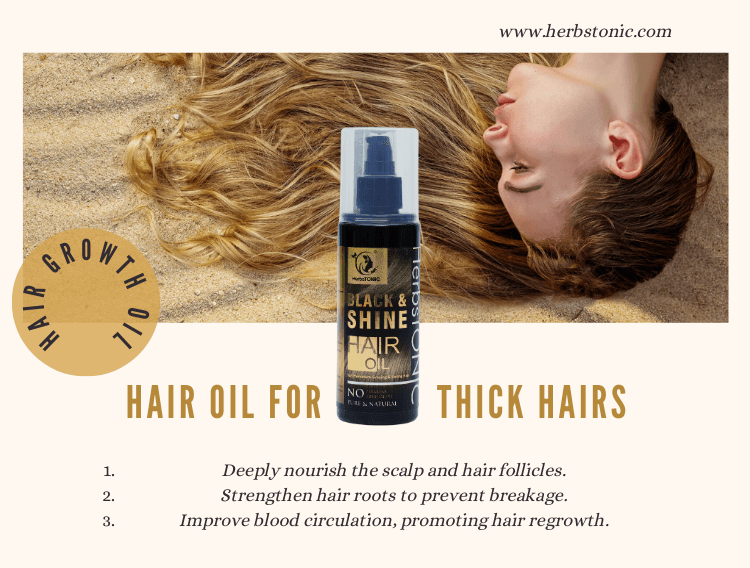We’ve all been told: “Oil your hair regularly.”
But here’s the real truth — not all oils are created equal.
Some just add surface-level shine.
Others? They go deeper — nourishing your scalp, strengthening roots, and restoring volume and balance.
So, what really makes a difference?
A herbal hair oil — especially one infused with ingredients like amla, bhringraj, neem, and triphala.
Let’s explore why these ancient herbs matter, what your hair is battling today, and how this Ayurvedic blend works better than the trending chemical serums.
Why Your Hair Is Struggling in the First Place?
Modern hair damage doesn’t come from one thing — it’s a cocktail of chaos:
- Heat from styling tools and blow dryers
- Pollution and dust clogging follicles
- Chemical shampoos and conditioners drying out natural oils
- Poor diet and erratic sleep weakening root health
- Hard water and chlorine building mineral residue
The result?
- Constant hair fall
- Thinning strands
- Dull, lifeless texture
- And an itchy, flaky scalp
So, while the bottle says “hair oil,” what your scalp actually needs is therapy — powered by ingredients that fix the root cause.
For this you can check out - HerbsTonic All in One Hair Oil
What Makes Herbal Hair Oils So Effective?
Unlike cosmetic oils that create temporary shine, herbal oils dive into the scalp, feed the follicles, and improve blood circulation, moisture retention, and cellular regeneration.
Every herb in the formula brings a superpower. Let’s break them down:
Amla (Indian Gooseberry)
One of the richest sources of Vitamin C, amla boosts collagen production, strengthens roots, and improves elasticity.
Key Benefits:
- Reduces hair thinning and greying
- Improves shine and smoothness
- Promotes faster hair growth
- Protects against environmental stress
Bhringraj (King of Ayurvedic Hair Herbs)
Known for its powerful effect on blood circulation, Bhringraj literally wakes up sleepy hair follicles.
Key Benefits:
- Stimulates new hair growth
- Reduces bald patches and seasonal hair fall
- Calms itchy or inflamed scalp
- Helps maintain thicker hair strands
Neem (Nature’s Purifier)
Neem’s antibacterial and antifungal properties help clear dandruff, acne-like scalp issues, and itchiness.
Key Benefits:
- Fights scalp buildup and flakes
- Balances oil production
- Keeps scalp fresh and clean
- Reduces inflammation and clogged pores
Triphala (The Tri-Fruit Powerhouse)
A legendary blend of three fruits: Amla, Haritaki, and Bibhitaki, Triphala is an internal and external detoxifier.
Key Benefits:
- Strengthens scalp tissue
- Slows premature greying
- Enhances hair thickness and resilience
- Encourages healthy sebum regulation
What Happens When These Herbs Work Together?
Imagine a team where each member knows their role — that’s how these herbs function.
Together, they:
- Heal the scalp’s microbiome
- Reduce breakage and split ends
- Strengthen follicles from the root up
- Restore natural shine and bounce
- Prevent chronic scalp conditions
It’s not a fad — it’s a system that’s been trusted for centuries in Ayurveda and now proven in modern trichology too.
Who Needs Herbal Hair Oils the Most?
It’s not just for your mom or grandma anymore.
If your hair falls under any of these categories, it’s time to upgrade your oil:
- Excessive hair fall due to stress or hormones
- Early signs of greying or dullness
- Dry scalp, dandruff, or fungal issues
- Frequent heat styling or coloring
- Post-travel or monsoon-related scalp damage
Whether you’re a college student, a working professional, or a new mom — your hair needs internal support.
And these herbs? They’re your best bet for long-term hair health.
How to Use Herbal Hair Oil for Visible Results
Don’t just pour and go — treat oiling as a self-care ritual:
- Warm a few drops in your palm (optional: heat for 10 seconds)
- Apply to scalp and lengths in sections
- Massage in circular motions to stimulate roots
- Leave for 1–2 hours or overnight
- Rinse off with a sulfate-free shampoo
- Repeat 2–3 times a week for 4 weeks
Tip: Use a hot towel wrap once a week for deeper absorption.
Final Thought
Hair oiling isn’t just a Sunday tradition.
It’s a remedy, a therapy, and a ritual that brings your hair back to life.
With ingredients like Amla, Bhringraj, Neem, and Triphala, you’re not just oiling — you’re rebuilding your scalp ecosystem.
So next time you shop for hair oil, skip the ones with 10-letter chemicals you can’t pronounce.
Look for the roots of Ayurveda, bottled and blended with intent.
Your hair deserves more than shine. It deserves strength.









